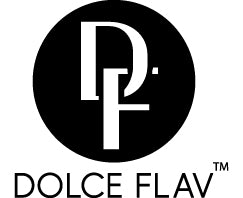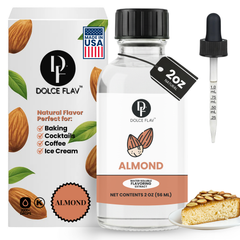
WHAT'S THE DIFFERENCE BETWEEN NATURAL AND ARTIFICIAL FLAVORS?
Flavor is the sensory impression of a foods or other item that is mostly controlled by the chemical senses of taste and smell. The "trigeminal senses," which detect chemical sensitivities in the mouth and throat, may also sense flavor on occasion. As a result, the flavor of the foods may be adjusted using natural or artificial flavorings, which impact sensory stimuli.
Flavoring, any of the liquid extracts, essences, or flavors applied to meals to improve their taste and scent. Flavorings are made from essential oils like almond and lemon; vanilla; fresh fruits produced; ginger extracted; and mixes of essential oils and synthetic organic compounds. or completely of synthetic compounds, with solvents such as alcohol, glycerol, and propylene glycol, either alone or in combination. Water and, on occasion, approved food color are added.
Natural flavors are concentrated extracts or concentrations of natural sources. They are extracted from essential oils obtained from herbs, flowers, and other plant essences, such as vanilla (fermented seed pods from an orchid) or anise (seeds from fennel or anise), roots & leaves (licorice, sarsaparilla, sassafras), nuts, berries, and fruits (citrus, pommes, achenes) whose essential duty in food is flavoring rather than nutritional.

Artificial flavors are those that are chemically manufactured in a laboratory, often from coal tar and other unappealing substances such as brominated aroma of wood rosin and the like, in order to simulate the taste of natural components. They are a low-cost approach for producers to make anything taste like strawberry, for example, without using genuine strawberries.

Another distinction between natural and artificial flavorings is the price. The quest for "natural" chemical sources sometimes mandates that a producer go to tremendous measures to get a certain ingredient. Because harvesters must remove the bark and extract the lactone, harvesting this natural chemical destroys the source. Furthermore, the procedure is expensive.
What are the components of natural and artificial flavorings?
Chemicals are included in both synthetic and natural tastes. The source of chemicals is distinguished between natural and artificial flavorings.
Natural tastes are derived from anything that can be eaten (for example, animals and vegetables), even if those edible items are treated in the lab to produce flavorings." Made by removing only the chemicals that convey the taste from lumps of chemicals such as leaves, fruits, and even wood. You may achieve this by heating it, vacuuming it, allowing it to ferment, or enabling it to react with enzymes.
The disadvantage of natural flavoring and sweeteners is that they are more costly and have a more delicate flavor. This makes the process of organically flavoring items considerably more difficult for businesses. However, you don't really experience any of the negative health impacts; in fact, you may even experience a health gain.
To create artificial flavors, the chemists must replicate that chemical reaction with a few additional similar compounds. Though the chemistry is frequently quite similar to what goes on within plants and animals when reduced to its core, you may employ a larger choice of inputs and catalysts. There are two sorts of solutions for producing artificial flavor.
- • Recreate the specific chemical component responsible for the flavor. In the United States, this is referred to as a natural flavor since it is the chemical that nature utilizes to generate the flavor, even if it is entirely synthetic.
- Make a chemical compound that has the same flavor as the genuine, even though it is not the same chemical substance. This is an artificial flavor that has been appropriately labeled.
The ultimate stage in both products is typically the same: you end up with a vat full of a chemical formula, and you use vacuums to extract first the bits you don't want (and toss them away), then the portions you do want (and keep them). The "artificial" flavors are often purer since they are manufactured in a laboratory under stricter conditions, but "natural" flavors contain a broader spectrum of additional compounds that come with being generated in an actual organism. That may sometimes give them a lovely complex flavor.
Any "flavor" has undergone extensive processing. It is not simply squeezed from a plant; that would be referred to as "juice”. To be a flavor, you must eliminate all of the things that do not directly contribute to the perceptions of taste and smell, such as water and cellulose. These are known as our Chemical Senses, because tastes (and odors) are made entirely of chemicals, whether they are concentrated or present in whole food.
There is no doubting that there are advantages to utilizing artificial flavors and sweeteners, such as convenience, taste improvement, and affordability. With artificial tastes, you can create a strong taste in practically anything inexpensively.

Conclusion:
Equipped with knowledge and comprehension of the differences between artificial and natural flavorings, as well as the advantages connected between each, you have the ability to make an informed decision and make the best choices for yourself.


